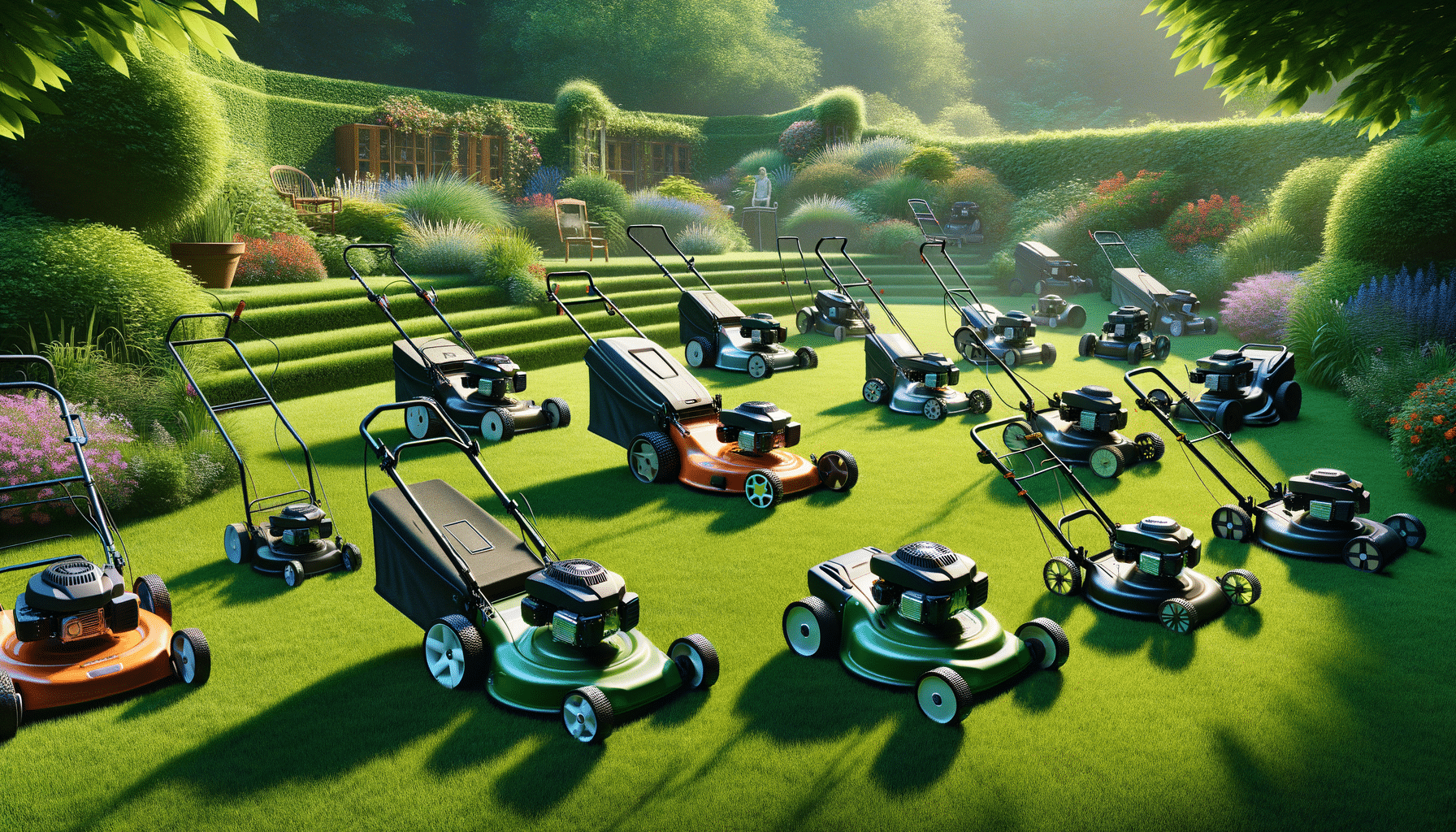
A Comprehensive Guide to Choosing the Right Lawn Mower
Introduction to Lawn Mowers
Lawn care is an integral part of maintaining a beautiful home environment. A well-kept lawn not only enhances the aesthetic appeal of your property but also contributes to a healthier ecosystem. However, achieving this requires the right tools, with a lawn mower being one of the most critical components. Choosing the right lawn mower can be daunting with the myriad of options available. This guide will help you navigate through the various types of lawn mowers, their features, and how to select one that best suits your needs.
Types of Lawn Mowers
Lawn mowers come in various forms, each designed to cater to different types of lawns and user preferences. Here’s a breakdown of the most common types:
- Push Mowers: Ideal for smaller yards, these mowers require manual effort to push across your lawn. They are generally more affordable and come in both reel and rotary blade varieties.
- Self-Propelled Mowers: These mowers are equipped with a transmission that propels them forward, making them suitable for medium to large lawns. They reduce the physical effort required compared to push mowers.
- Riding Mowers: Perfect for large properties, riding mowers allow you to sit and drive the mower, making the task less labor-intensive. They come in different models, including lawn tractors and zero-turn mowers.
- Electric Mowers: Available in both corded and cordless versions, electric mowers are environmentally friendly and quieter than traditional gas-powered mowers. They are suitable for small to medium-sized lawns.
Key Features to Consider
When selecting a lawn mower, several features should be taken into account to ensure you choose the right one for your needs:
- Cutting Width: This refers to the width of the mower’s cutting deck. Larger decks can cover more ground quickly, making them ideal for large lawns.
- Adjustability: Check if the mower allows for adjustable cutting heights to cater to different grass types and conditions.
- Bagging and Mulching Capabilities: Some mowers come with options to bag clippings or mulch them back into the lawn, providing nutrients to the grass.
- Engine Power: For gas mowers, engine power is crucial in determining how efficiently the mower can handle thick or overgrown grass.
Maintenance and Safety Tips
Maintaining your lawn mower ensures its longevity and efficient performance. Here are some maintenance and safety tips to consider:
- Regular Cleaning: After each use, clean the mower to remove grass clippings and debris that may clog the blades or engine.
- Blade Sharpening: Sharp blades provide a cleaner cut, reducing stress on the grass and promoting healthier growth.
- Oil and Fuel Checks: For gas mowers, regularly check and change the oil and ensure the fuel is fresh to avoid engine problems.
- Safety Gear: Always wear appropriate safety gear, such as gloves and eye protection, when operating a lawn mower.
Conclusion: Making the Right Choice
Choosing the right lawn mower involves understanding your lawn’s specific needs and matching them with the capabilities of different mower types. By considering factors such as lawn size, terrain, and personal preferences, you can select a mower that will keep your lawn looking its best with minimal effort. Remember, a well-maintained mower not only ensures a beautiful lawn but also adds to the enjoyment of your gardening activities.


